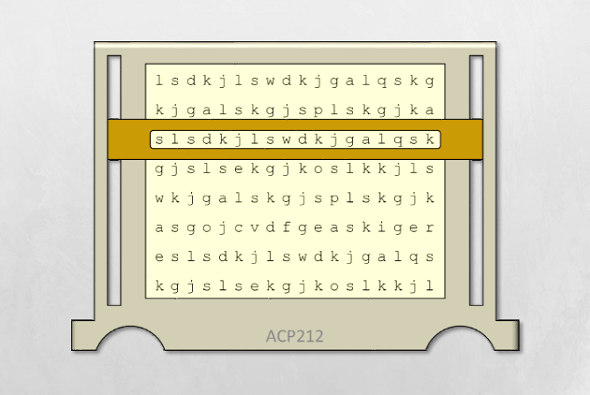Apparently, the ACCP 212 is a very simple device, even for the 1950s. It has neither a keyboard nor any kind of display. The One Time Pad encryption had to be done manually, which means that it was not suited for longer messages. The production of this device must have been quite cheap compared to machines like the Enigma.
It goes without saying that I would like to know a little more about the ACP 212 (especially, as I want to cover it in my presentation). How was it used? What kind of messages was it used for? How were the keys generated? Was it used in practice or did it remain a prototype?
If areader can answer one of these questions, I would be very intereested to know.
Follow @KlausSchmeh
Further reading: My visit at the Cheltenham Listening Stones
Linkedin: https://www.linkedin.com/groups/13501820
Facebook: https://www.facebook.com/groups/763282653806483/



Kommentare (9)